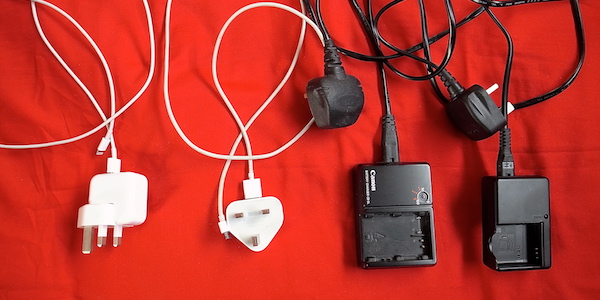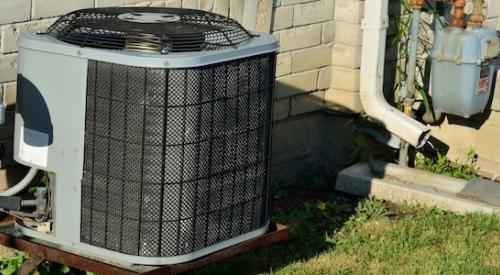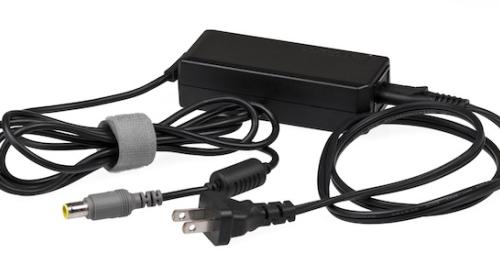Every year more than 500 million electrical chargers are sold in the U.S. and there are already an estimated 2 billion charging devices in use across the nation, the Natural Resources Defense Council reports. Now, new standards from the Department of Energy, scheduled to go into effect in May 2018, will address the efficiency of the battery chargers for portable products. This includes the power supply unit that plugs into an outlet, the battery that is being charged, and the charge-control circuitry that's integrated into the product.
By increasing efficiency by about 10 percent on average, it's anticipated that the new standards will save 500 million kilowatt-hours annually—enough electricity to power the households in a city with a population of 100,000.
The DOE’s new standards are modeled on existing standards in California, while improving on those standards for some product types, such as electric toothbrushes and golf carts.
The DOE estimates up to 95 percent of all products sold in the U.S. already comply with California requirements. When state and the new federal standards are combined, the amount of electricity saved annually will equal the output of six 500-megawatt coal-fired power plants.
The need to be within a few feet of an outlet has been greatly reduced thanks to products that can be used anywhere. While the number of chargers and portable electronic devices may increase, the electricity consumed by those devices doesn't need to parallel that growth.












